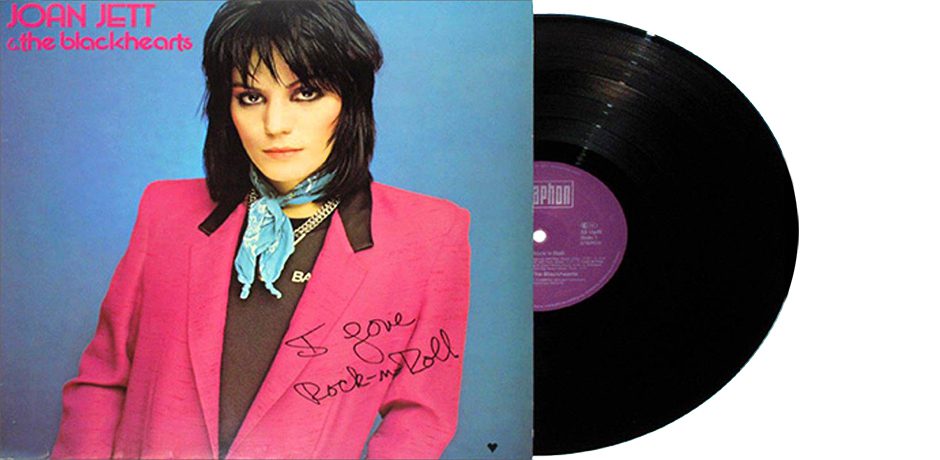Flipping through the vinyl records in Bradlees felt like an adventure every time. So much to explore just beyond that cellophane cover and colorful sleeve. Anticipating the crack of the needle as it found its groove. Speakers ready, the waiting almost over.
But first, the petitioned car ride, the discussion, debate and pleading to parental guidance. Will I be able to purchase the record? Was money going to be spent on the artist I had anticipated and hoped for? No clarity, no commitment. “We’ll see” was said multiple times with control and conviction.
Just the possibility of the purchase motivated my beeline to the record department. Ink and cabinetry, plastic and thin cardboard, the area of that store had such a powerful smell. I knew what I was looking for and I wasn’t going to be distracted.
There she was – in the “J’s” waiting for my flip of discovery. The black-haired, ’80s sensation named Joan.
I was reminded of this memory many, many years later while on a trip to Northern Italy with family. There we sat anticipating pranzo in the center of Bobbio, one of the most important and storied crossroads in Northern Italy.

An ancient center for trade and communication, Bobbio has long been the crossroads for Piacentine, Ligurian, Piedmontese, and Pavian cultures. Its history is tied to the Irish monk, Columban who founded the monastic center in the 600s and set into place the importance of this little hamlet in Val Trebbia. From the Roman Ponte Gobbo to the salt trade, Bobbio has, for centuries, been where cultures clashed.
And that’s exactly what happened with my octogenarian parents and millennial children so many centuries later.
As my four children sat impatiently for their pizzas to arrive, that anxiousness that irritates every parent set in. “Just wait, it will be here, enjoy the scenery.” But none of the wisdom worked. Anxiousness that could not be quelled by place, moment or company.
Then it happened. My eldest son, hoping to protect the table from the disturbance, actually brought more attention to the rappers’ inappropriate lyrics. Instigated by my youngest’s desire to pass the time, Evan expertly navigated the iPhone to exactly the artist and the song he wanted when he wanted it, as loud as he wanted to hear it.
The scene prompted my father to wonder what had just disturbed his peaceful afternoon. I tried to explain. I tried to give context to the grabbing, the yelling. I tried to explain the inappropriate language screeching from the indispensable device.
“Well, why does he have a song like that on his phone?” was the question, the statement, the declaration and the realization.
I realized that this ancient hamlet brought us to another cultural crossroads. Everything had changed and disruption was at the heart of the matter.
The complete control over the purchase of Joan Jett – the car, the debate, the approval of purchase and the trip through the check-out line, the handing out of cash. All gone. The world that my parents were familiar with no longer existed. Gone was their absolute control. Only to be replaced with instant gratification without the gatekeeper.
Sure, we could have changed settings, established rules, deactivated the app. Yes, we were still responsible for purchasing the device and paying for membership to the music library.
The point is, that in this world of instant gratification, we have lost control.
But what’s really happening here, as former CEO of Cisco John Chambers described not too many years ago, is disruption at its purest, most vivid form. What we did yesterday to buy a piece of music no longer exists.
Exponential change and a modern-day reality check.
Ray Kurzweil, inventor and economist, said famously back in 2001 that we won’t experience 100 years of progress in the 21st century. It will be more like 20,000 years of progress. He predicted the speed of change. And our simple little pranzo in a storied valley exemplified his salient prediction.
He was right. Everything has changed.
